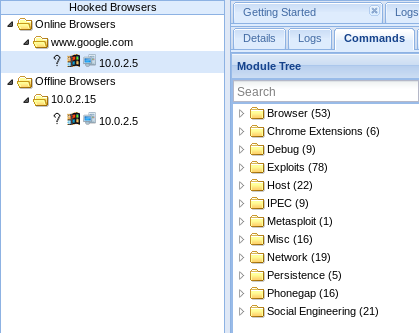In the coming sections, we are going to learn how to install the operating systems and programs needed for hacking. We will then learn some basics about hacking, and how to use the operating systems involved. Before we start, I'd like to give you the gist of what you're going to be able to do by the end of this book. In this section, we are going to go through an example of hacking a Windows computer from a Linux machine.
Don't worry about how we installed these machines or how to run these commands; right now, this is just an example. In the future, we're going to break this into steps, and you will see exactly how to run the attack. You will also learn about how the attack works, and how to protect yourself from such an attack.









